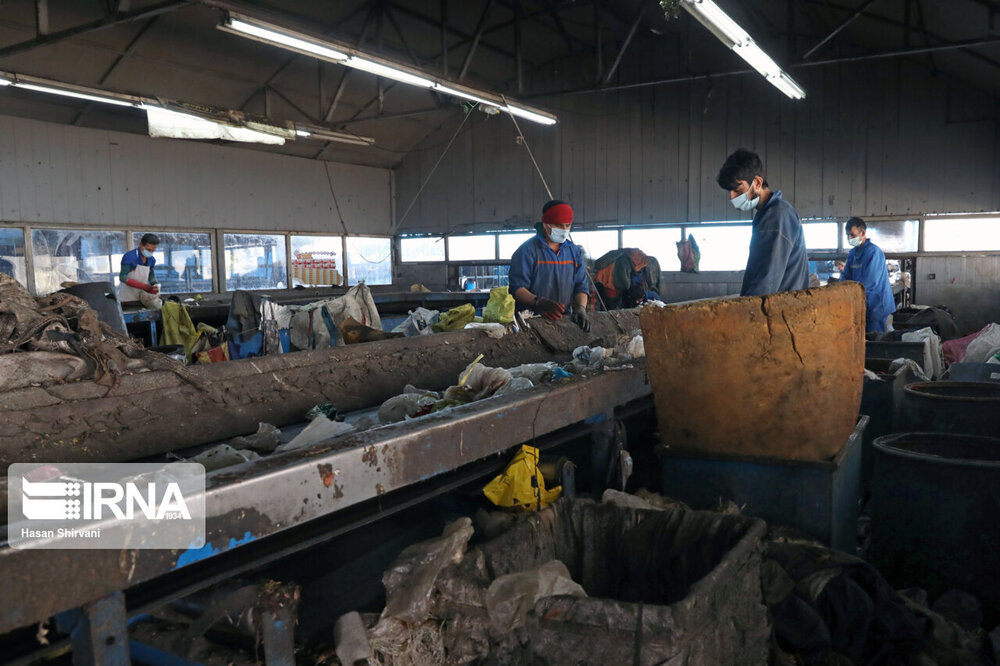German company to build waste-to-energy plant in Golestan province

TEHRAN – A modern waste-to-energy plant will be built in the northern province of Golestan with the investment of a German company, the director of the Golestan Waste Management Organization, has announced.
A waste-to-energy plant is a waste management facility that combusts wastes to produce electricity. This type of power plant is also called a trash-to-energy, municipal waste incineration, energy recovery, or resource recovery plant.
Iran currently has five waste-to-energy plants operating in the provinces of Tehran, Fars, Mazandaran, and Khorasan Razavi.
Constructed with an investment of 48 million euros, the plant is built with a capacity of 300 tons of recycling, incineration, and energy production.Studies and plans to build the industrial waste plant are being carried in the province, which is in the final stages, IRNA quoted Mohsen Samiei as saying on Sunday.
The industrial waste factory will be constructed on a 50-hectare land in Gonbad-e Kavous district, he said.
Constructed with an investment of 48 million euros, the plant is built with a capacity of 300 tons of recycling, incineration, and energy production from industrial waste and employment of 50 people; 85 percent of the plant belongs to the German company and 15 percent to the Iranian government.
The construction of the waste recycling plant has no environmental problems because it will use the latest equipment and technology produced in Germany.
$23m allocated to waste management in coastal provinces
A total of 1 trillion rials (nearly $23 million at the official rate of 42,000 rials) has been earmarked to tackle the issue of waste management in northern coastal provinces, Ali Ghorbani, deputy head of Iran's municipalities and village administrators, said.
The amount of waste generated in the northern provinces of the country, neighboring the Caspian Sea, is snowballing at a rate of over 7,000 tons a day, holding accountable for 14 percent of the total daily 50,000 tons of waste produced in the country, Khabaronline reported in January 2019.
In the past few years, the amount of waste produced in the three northern provinces of Mazandaran, Golestan, and Gilan has risen sharply to alarming rates, Sirous Vatankhah, secretary of energy technologies development headquarters at the vice-presidency for science and technology, told ISNA that there is a significant relationship between the prevalence of various diseases and the amount of waste generation, which must be considered a "danger sign" that needs urgent measures to contain the issue.
Diseases such as tetanus, typhoid, intestinal parasites, bloody diarrhea, poliomyelitis, or infantile paralysis, and skin lesions are among the diseases caused by solid waste pollution in water, air, and soil.
On the other hand, a large part of these thousand tons of waste is ending up in the Caspian Sea and the forests, which can lead to many changes in the environmental cycles.
Moreover, Hossein Niaz Azari, a member of the parliament, said that some 104 aquatic species have been living in the Caspian Sea in the past years, while most of them have gone extinct due to the high amount of waste entering the sea.
Deputy environment chief Masoud Tajrishi has referred to the poor waste disposal in the coastal cities of the country, saying that “Unfortunately, we face not only the problem of identifying a proper place for waste disposal but sewers being discharged into all rivers and lakes.
In such case, mostly tourists who are littering the northern coast are blamed, however, the other main reason behind this is the lack of proper equipment for waste management and recycling, he added.
FB/MG
Leave a Comment